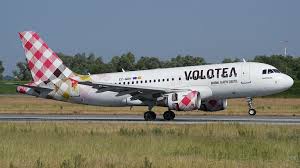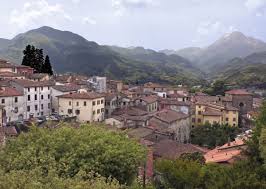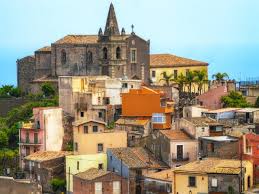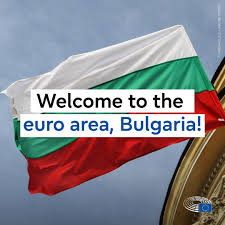Visiting northern Italy
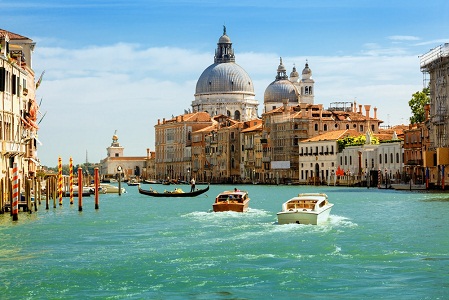
Rome: It’s no secret that the rivalry between Italy’s affluent north and rustic south can sometimes make the two seem like separate countries, but the north-south debate shows exactly what is fantastic about each end of the beautiful country.
While the south might have a more Mediterranean influence when it comes to its culture, sunnier beaches and, some may argue, a more ‘Italian’ feel, there are many reasons why you’ll fall in love with northern Italy. The bordering countries of France, Switzerland and Austria are to thank for its spectacularly diverse scenery, which ranges from the Italian lakes to dramatic snow-capped mountains.
Here, we take a closer look at what makes northern Italians stake their claim to the title of Italy’s best region.
With everything above Rome considered to be part of Italy’s north, this mountainous area is geographically similar to, and culturally influenced by, its many European neighbours – France, Switzerland, Austria and further afield. This is particularly noticeable in its cuisine, artistic heritage and literary legacy.
If you have a taste for some of the finer things in life, northern Italy may be your perfect holiday destination. Although southern Italy charms with its warm Mediterranean air and hearty, fresh dishes, the north is considered highly sophisticated, something which shines through in its wealth of fine painting and sculpture, grand academies and glorious manicured gardens.
The renaissance gardens of northern Italy are gloriously well-kept, and decorate the mansion villas and baroque palaces of Lake Maggiore’s Borromean Islands, owned by the Borromean family since the 17th century.
Not to say that the wildflowers and olive groves of the south aren’t beautiful in their own way, but the perfection of Stresa and Isola Bella’s carefully-pruned lawns is a joy to witness. Here, colourful blooms of hibiscus and bougainvillea, agaves and citrus fruits burst with fragrance against a backdrop of smooth mountain lakes.
Other private gardens boast hundreds of plant species, all impeccably maintained. Villa Carlotta on Lake Como opens as a botanical garden and an art museum, Villa Balbianello’s 13th-century towers and waterfront gardens are often used as a fairytale wedding venue, and president of the Italian Camellia Society, Andrea Corneo opens his private plant collection to special visitors who can take a calming turn around the gardens and learn about the popular Asian shrub.
Stopping for a bite to eat may be simpler in the north, where timekeeping is stricter than in the more ‘Latin’ south. Although we romanticise that holiday feeling of not knowing what day it is, we English do tend to get grouchy if we don’t eat our dinner before 9pm. Shorter days in northern Italy mean locals eat earlier – phew!
Expect a rich spread of alpine cuisine: stuffed meats, creamy polenta and truffle risotto all feature, flavoured with garlic and fresh herbs.
The Piemonte and Lombardia regions of northern Italy are cattle country, which you can taste in area’s buttery, creamy cuisine that favours lashings of cheese.
In winter, beef is stewed with vegetables and Barolo wine and in spring it’s all about succulent veal cutlets. Sweet treats include indulgent panna cotta and hazelnut cakes.
The quality of spoken Italian in the north is very different to the dialects of the south, meaning it may also be easier for you to learn a few phrases of Italian as you peruse its pristine plant nurseries and savour its delectable dishes.

